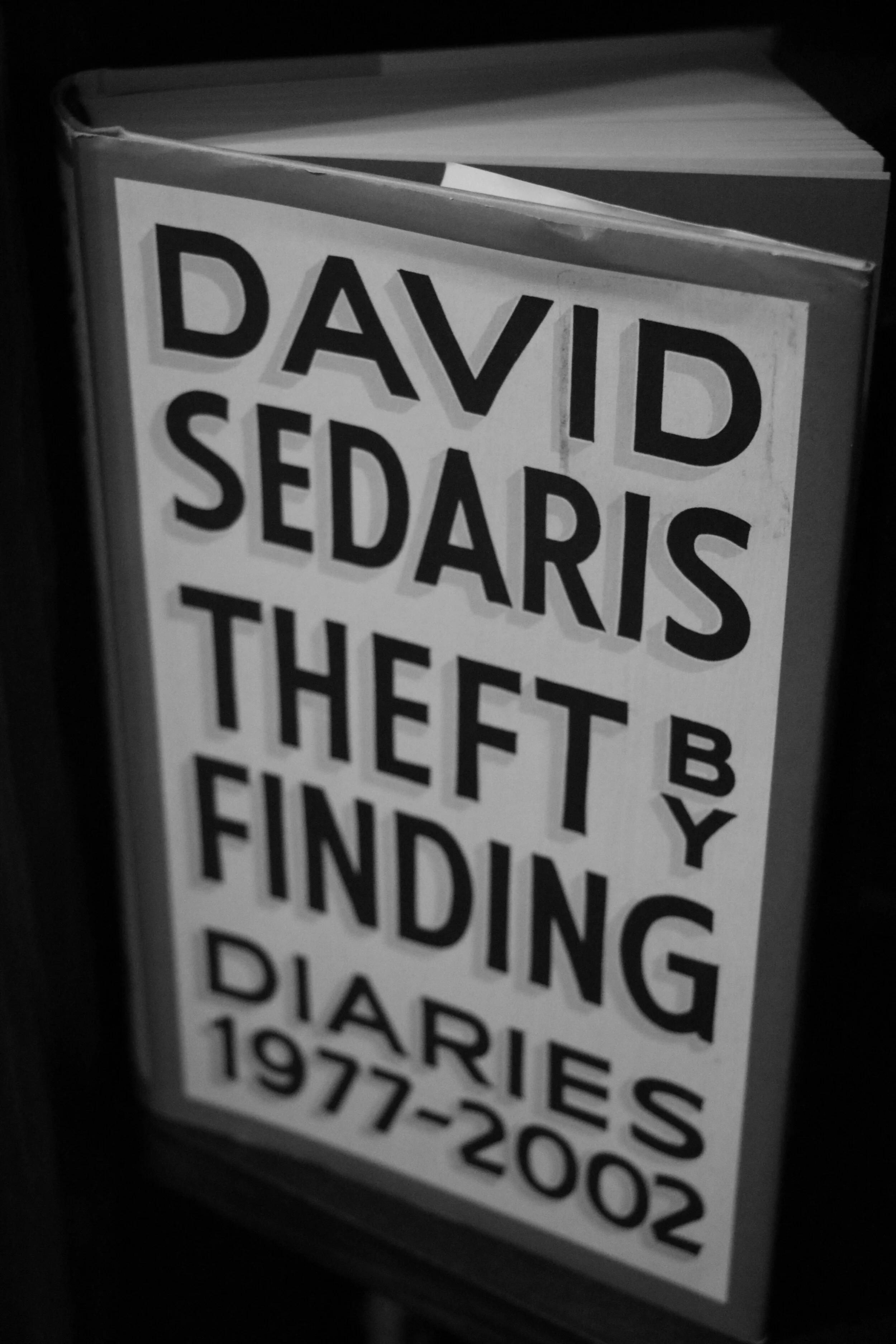“There are two types of ghost stories…tales of revenge and tales of love cut short.”
Kill Creek, by Scott Thomas, 2017 Inkshares
A horror novel, in a genre saturated with tricks and treats pushing the limits, does not need to innovate to be a great horror novel. Scott Thomas’s 2017 Kill Creek is testament to this. From venturing onto the following paths cleared by the masterpieces of the genre, Thomas has created a modern horror masterwork.
A Mysterious Invitation – Sam McGarver, an established horror author whose career and personal live is reeling receives an invitation from an eccentric young media producer known for his boundary-pushing content. The push this time is to film and stream live an interview of four prominent horror novelists in an abandoned haunted mansion on Halloween night. If the pitch sounds clichéd, the cash offer of one hundred thousand dollars is not.
A Haunted (?) House with a Dark History – Sam attests to the other writers the house on Kill Creek is “just a campfire story told by teenagers.” But the actual history is pure evil if not haunted. The house was the site of an 1863 double murder of the builder and his wife, a freed slave, by confederate soldiers. The house’s final owners, Rebecca and Rachel Finch, requisitioned a paranormal researcher to write a best-selling nonfiction book in 1980s, with the cliff hanger of never discovering one of the sister’s fate.
Thomas walks the line to instill indecision in his readers as to if the house on Kill Creek is haunted or it is merely suggestion. There is a wind that doesn’t rustle the branches of a tree. The temperature is almost too cool inside the house. There are subtle, indiscernible scents emitting from the sinks. And we are only allowed to process these insinuations through a cast of narrators wavering on their own beliefs, who are suppressive in accepting what is happening to them.
So, we are left alone to decide if we believe or not. But that’s the allure of the supernatural: the agency to truly believe or just suspend it for the sake of enjoying the stories.
A Cast of Characters with Varying Motives – Elevating the novel’s discomfort is a the writers congregating in the house for the night with diverging underlying motives. There is the lure of money, but also the potential for notoriety from the interview for each writer’s own ends. One needs to ensure his work doesn’t fade into obscurity after he is gone. Another needs to ensure that his publisher still considers him worthy. Still another needs to prove that her own brand of feminine darkness has its place of prominence in a genre with a tradition of championing men. Sam’s own motive is opaque even to himself. Yet inside the house, the deep secret he has suppressed his entire life that led him to the dark genre is drawn to the surface of the narrative.
A complimentary disquiet is how much each guest grants credence to Kill Creek’s history and the alleged evil that lives within it. Much of the story is verifiable, and they all owe their livelihoods to the supernatural. Still, distrust forms in each’s hesitancy towards sharing their own beliefs and experiences to the group. Even surrounded by colleagues, each makes an initial choice to face what the house offers alone.
A Regeneration of a Fading Horror – One of the writers in Thomas’s story walks through the house’s study and reflects on the collection of books and reflects on the need to write our stories. He concludes that we do it “To live on. To exist when we stop existing…To be remembered.”
This novel’s greatest power is the exploration of how storytelling is the lifeforce of the supernatural and evil. And if its power is derived in the telling, does that power die without the telling, or does is lie dormant until word of it is spoken or written again? Can stories create evil where none existed?
The central theme of the first horror novel I read, Stephen King’s It, captivated in me the idea that evil is regenerated across generations. It’s exhilarating to read another novel that decades later regenerates my belief in the symbiotic relationship of evil and story.
The Final Shock – Decades of the “Oh no, the killer’s actually still alive?!” endings to books and films have desensitized the horror audience into rendering the final page/scene shock nearly ineffectual. Nearly, because every now and again a work comes along (like Sleepaway Camp) that genuinely delivers the genuinely unexpected final jolt to the system, reminding us how pleasurable ending this way is. Add Kill Creek to this exclusive list.
An Elegy – Kill Creek is an elegy of a haunted house reminiscent of Richard Matheson’s Hell House, with shades of Stephen King’s It in its regeneration of horror, and an ode (whether intentional or not) to Edgar Allen Poe’s “The Cask of Amontillado.” It pricks the sensitivities of horror fans and nourishes them with a dark tale that satisfies all the way through to its evil end.
















